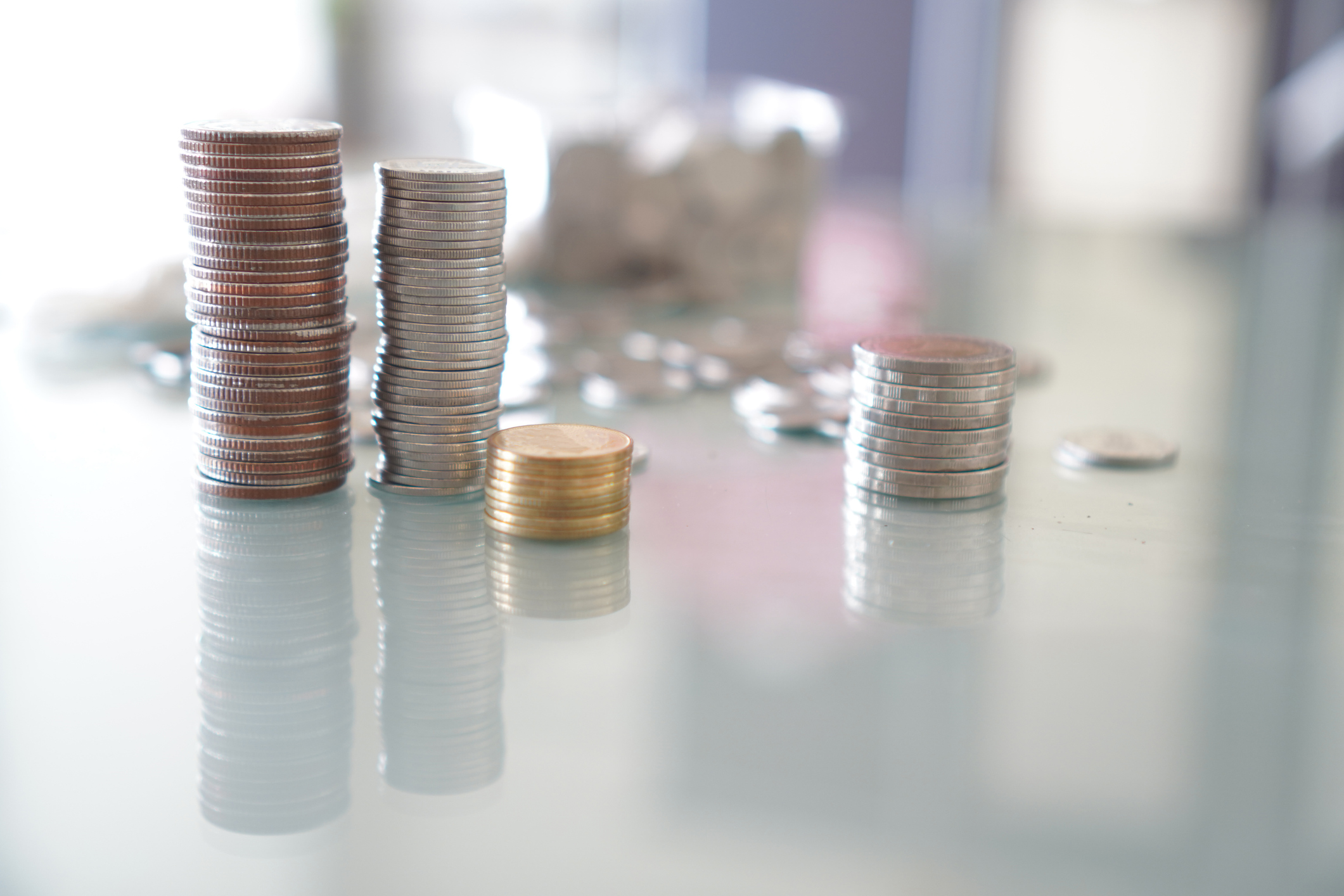Cash Advantages
Kids and credit cards don't mix. They need to learn how to handle cold, hard cash first.

Among the many topics I write about in this column, one that gets a lot of pushback from parents is my position on credit cards. I'm against teenagers using them because I think most teens aren't mature enough to handle the responsibility.
But a fair number of readers disagree with me. "Using credit cards is a way of life in America, and it's naive to assume that ignoring them will help children avoid misusing them later in life," writes one reader, who also happens to be a financial planner.
She recommends that her clients get credit cards for their teens and make them use them. "We then make sure they understand how a credit card works," she says, "and pay off the balance each month. The kids keep a Post-It note inside their checkbook register and note their credit-card usage, so they always know what to expect when the bill comes."
From just $107.88 $24.99 for Kiplinger Personal Finance
Become a smarter, better informed investor. Subscribe from just $107.88 $24.99, plus get up to 4 Special Issues

Sign up for Kiplinger’s Free Newsletters
Profit and prosper with the best of expert advice on investing, taxes, retirement, personal finance and more - straight to your e-mail.
Profit and prosper with the best of expert advice - straight to your e-mail.
Keeping track of ongoing charges is great advice. But why would a 16-year-old have to use a credit card in the first place? That puts a big burden on the shoulders of kids who often struggle to get their term papers and college essays finished on time.
Plus, teens can't get a credit card on their own. If kids don't have the wherewithal to pay up, Mom and Dad are on the hook. That means they have to monitor their kids' purchases closely -- a task for which many parents have neither the time nor the inclination.
And given the current economic crunch, paying with cash is not only sensible, it's downright sexy. Kmart and Sears made news by resurrecting the layaway plan. Financial advisers are telling consumers that the best way to avoid a post-holiday debt hangover is to pay cash.
A TV reporter recently asked me to comment on a story he had done with a family who were asked to spend one week paying with plastic and one week paying with cash. Their conclusion: It was much easier to keep their spending under control when they used cash.
I'm not against credit, and I certainly agree that teens need to learn the rules of how to use it wisely: Pay the bill in full each month. Always pay on time. Don't dig yourself into a hole. Even a balance of $2,200, the average for college students with credit cards, can take years to pay off. (For more advice geared to young adults between 18 and 24, see www.controlyourcredit.gov.)
These lessons come with maturity and experience. If college students can live off campus, pay their rent and utilities on time, and avoid overdrawing their checking account, they'll be in good shape to apply for a credit card before they graduate. Or they could wait, like my nephew, till they're 25. He recently got his first credit card, and he got along fine without one until then.
Profit and prosper with the best of Kiplinger's advice on investing, taxes, retirement, personal finance and much more. Delivered daily. Enter your email in the box and click Sign Me Up.

Janet Bodnar is editor-at-large of Kiplinger's Personal Finance, a position she assumed after retiring as editor of the magazine after eight years at the helm. She is a nationally recognized expert on the subjects of women and money, children's and family finances, and financial literacy. She is the author of two books, Money Smart Women and Raising Money Smart Kids. As editor-at-large, she writes two popular columns for Kiplinger, "Money Smart Women" and "Living in Retirement." Bodnar is a graduate of St. Bonaventure University and is a member of its Board of Trustees. She received her master's degree from Columbia University, where she was also a Knight-Bagehot Fellow in Business and Economics Journalism.
-
 What to Do If You Plan to Make Catch-Up Contributions in 2026
What to Do If You Plan to Make Catch-Up Contributions in 2026Under new rules, you may lose an up-front deduction but gain tax-free income once you retire.
-
 If You'd Put $1,000 Into Lowe's Stock 20 Years Ago, Here's What You'd Have Today
If You'd Put $1,000 Into Lowe's Stock 20 Years Ago, Here's What You'd Have TodayLowe's stock has delivered disappointing returns recently, but it's been a great holding for truly patient investors.
-
 How to Max Out Your 401(k) in 2026 (New Limits are Higher)
How to Max Out Your 401(k) in 2026 (New Limits are Higher)In 2026, the maximum contribution limits for 401(k) plans have increased, giving you an excellent shot at maximizing your retirement savings.
-
 Smart Strategies for Paying Your Child an Allowance
Smart Strategies for Paying Your Child an AllowanceBy giving your kids money to spend and save, you’ll help them sharpen their financial skills at an early age.
-
 How to Motivate Kids to Save
How to Motivate Kids to Savepersonal finance It's not easy teaching your child to save. Here are some ways readers have incentivized their kids to keep track of their finances.
-
 Lessons for Kids From the Crisis
Lessons for Kids From the Crisissavings One of the greatest opportunities presented by the pandemic is to give children an appreciation for the workings of the economy.
-
 Why Financial Education Works
Why Financial Education Workscollege Money skills learned young will pay off in the long run.
-
 The Tooth Fairy Is Leaving Less Under Pillows These Days
The Tooth Fairy Is Leaving Less Under Pillows These Dayssavings The average amount that the Tooth Fairy gives kids is down 10% from last year.
-
 The Value Test: 300 Colleges That Pass
The Value Test: 300 Colleges That PassCollege Rankings All the schools on our list, from 1 to 300, are best values.
-
 6 Ways to Get Your Kids to Do Chores Without Paying Them
6 Ways to Get Your Kids to Do Chores Without Paying Themspending Kids shouldn't be paid for doing routine tasks, but for doing extra jobs that parents define as above and beyond.
-
 Save $1 for College, Cut $2 in Debt
Save $1 for College, Cut $2 in Debtcollege Paying for college doesn't mean you have to take out thousands in student loans.